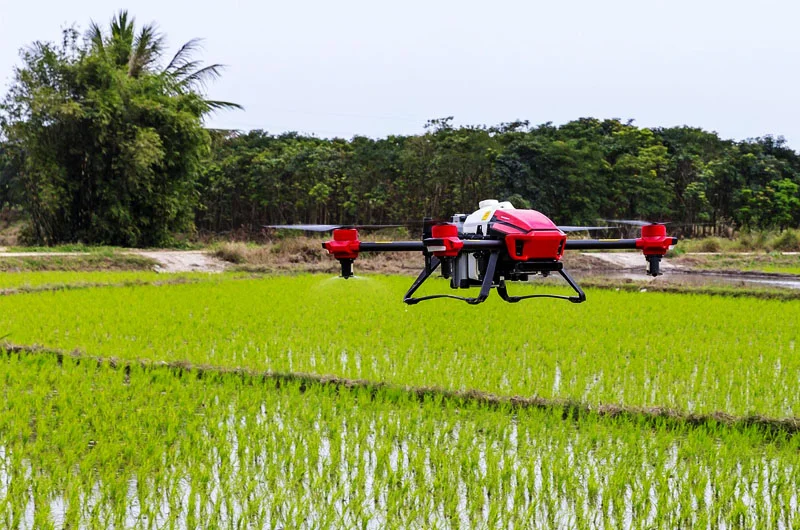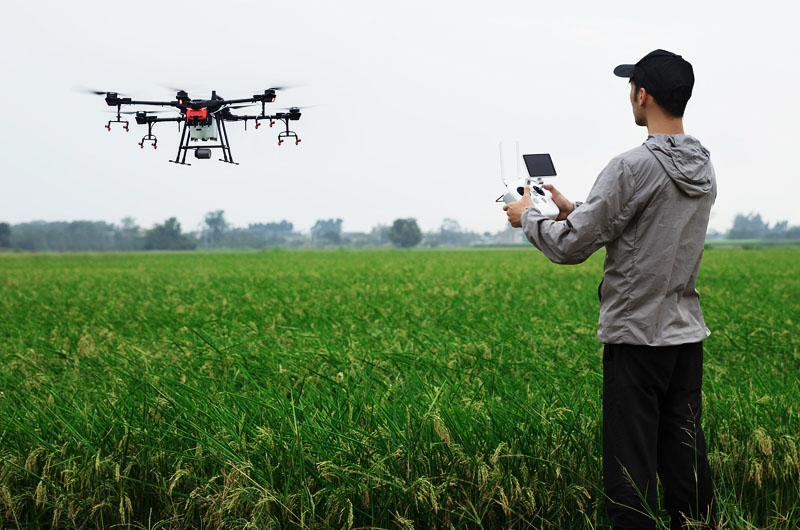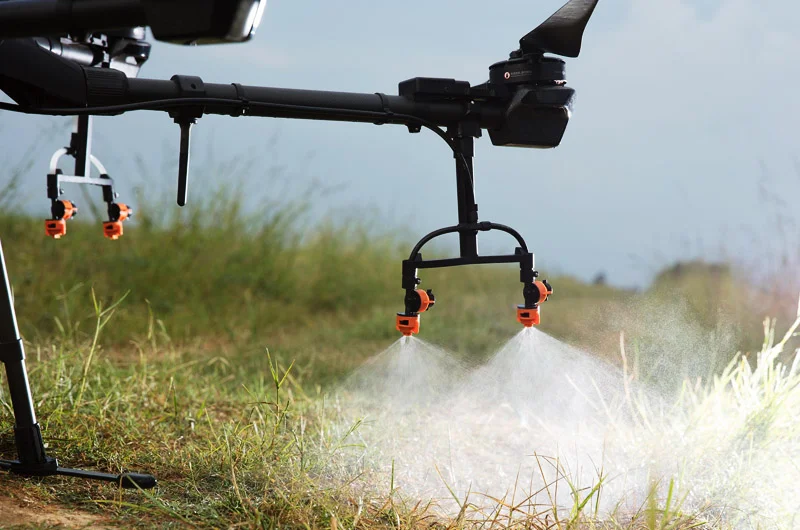Taking Your Farm to New Heights: Understanding Drones & AI in Agriculture
Are you looking for ways to boost efficiency, cut costs, and make smarter decisions on your farm? The agricultural landscape is rapidly evolving, and two powerful technologies are leading the charge: drones and artificial intelligence (AI). While they might sound like something out of a sci-fi movie, these tools are becoming increasingly accessible and are revolutionizing how we grow our food. This guide will break down what you need to know about drones and AI in agriculture, explaining the benefits and how they can help your farm thrive.
What are Agricultural Drones? Your Eye in the Sky
Think of agricultural drones as your farm’s personal aerial scouts. These unmanned aerial vehicles (UAVs) are equipped with cameras and sensors that can capture a wealth of information about your fields from above. They range in size and capability, from small, easily maneuverable models to larger ones capable of carrying payloads like spray tanks.

Key features of agricultural drones include:
- High-Resolution Imaging: Capturing detailed photos and videos of your crops and land.
- Multispectral and Thermal Sensors: Detecting plant health, water stress, and temperature variations.
- GPS and Autonomous Flight: Allowing for precise flight paths and data collection.
- Payload Capacity: Some drones can carry and deploy fertilizers, pesticides, or even seeds.
What is AI in Agriculture? The Brainpower Behind the Data
Artificial intelligence in agriculture acts as the “brain” that analyzes the vast amounts of data collected by drones and other sources. AI algorithms can identify patterns, predict outcomes, and provide valuable insights that help you make informed decisions.
How AI is used in agriculture:
- Image Recognition: Identifying specific plants, weeds, pests, and diseases in drone imagery.
- Data Analytics: Processing and interpreting data on crop health, soil conditions, and weather patterns.
- Predictive Modeling: Forecasting yields, potential risks, and optimal resource allocation.
- Automation: Enabling autonomous drone flights and precision application of inputs.
The Power Couple: Drones & AI Working Together
The real magic happens when drones and AI work in tandem. Drones act as the data gatherers, providing a bird’s-eye view of your farm. AI then steps in to process and interpret this data, turning raw information into actionable insights.
Imagine this scenario: A drone flies over your field, capturing images. AI software analyzes these images to identify areas with early signs of disease. This information allows you to target your treatment precisely, saving time, resources, and minimizing environmental impact.

Key Applications of Drones & AI in Agriculture:
- Crop Monitoring and Health Assessment: Drones with AI can quickly assess the overall health of your crops, identify areas of stress, and detect early signs of disease or nutrient deficiencies. This allows for timely intervention and prevents widespread issues.
- Precision Spraying and Fertilizing: AI-powered analysis of drone imagery can pinpoint areas that require specific treatments. Drones equipped with spraying systems can then precisely apply pesticides or fertilizers only where needed, reducing waste and costs.
- Planting and Seeding: Some advanced drones can be used for automated planting and seeding, ensuring optimal spacing and distribution, especially in challenging terrains.
- Livestock Management: Drones equipped with thermal cameras can help monitor livestock health, track their movements, and even locate lost animals in large pastures.
- Field Mapping and Analysis: Drones can create detailed 2D and 3D maps of your fields, providing valuable information about topography, drainage patterns, and soil variations. AI can analyze this data to optimize land use and management practices.
- Weed and Pest Detection: AI algorithms can be trained to identify specific types of weeds and pests in drone imagery, allowing for targeted removal efforts and reducing the need for broad-spectrum treatments.

Benefits of Embracing Drones & AI for Your Farm:
- Increased Efficiency and Productivity: Automating tasks and making data-driven decisions saves time and resources, leading to higher overall productivity.
- Cost Reduction: Precise application of inputs like fertilizers and pesticides, along with optimized resource management, significantly reduces operational costs.
- Improved Resource Management: AI analysis helps optimize the use of water, fertilizers, and other resources, contributing to more sustainable farming practices.
- Enhanced Crop Health and Yield: Early detection of problems and targeted interventions lead to healthier crops and potentially higher yields.
- Data-Driven Decision Making: Access to detailed and timely information empowers farmers to make more informed decisions about planting, irrigation, pest control, and harvesting.
- Environmental Sustainability: Reduced use of chemicals and optimized resource management contribute to more environmentally friendly farming practices.
Challenges and Considerations:
While the benefits are significant, it’s important to acknowledge some challenges:
- Initial Investment: Acquiring drones and AI software can involve an initial investment. However, the long-term cost savings and efficiency gains often outweigh this.
- Data Privacy and Security: Handling sensitive farm data requires robust security measures to protect privacy.
- Regulatory Landscape: Regulations regarding drone usage in agriculture are still evolving in many regions. It’s crucial to stay informed about local laws and guidelines.
- Technical Expertise: Operating drones and interpreting AI-driven insights may require some training and technical understanding.
- Weather Dependency: Drone operations can be affected by adverse weather conditions like strong winds or heavy rain.
The Future of Drones & AI in Agriculture:
The field of drones and AI in agriculture is constantly evolving. We can expect to see even more sophisticated applications in the future, including:
- Increased Autonomy: Drones will become more autonomous, capable of performing complex tasks with minimal human intervention.
- Integration with Other Technologies: Drones and AI will be seamlessly integrated with other smart farming technologies like sensors, robotics, and IoT devices.
- Development of Specialized Drones and AI Algorithms: We’ll see more drones and AI software tailored to specific crops and agricultural needs.
- Wider Adoption in Small and Large Farms: As costs decrease and usability improves, these technologies will become more accessible to farms of all sizes.
Embrace the Agricultural Revolution
Drones and AI are no longer futuristic concepts; they are powerful tools that can transform your farm for the better. By providing valuable insights, automating tasks, and optimizing resource management, these technologies can help you achieve greater efficiency, profitability, and sustainability. While there are considerations to keep in mind, the potential benefits of embracing drones and AI in agriculture are undeniable.
Ready to take your farm to new heights? Explore the possibilities of integrating drones and AI into your operations and join the agricultural revolution!

